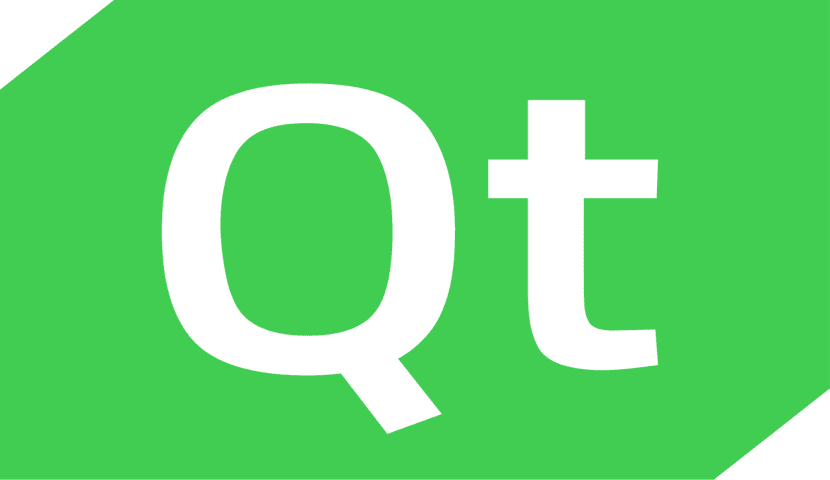
Qt 5.13 finally arrives after a half-year development cycle, where this new version of the C ++ framework focuses this time on tools, more than just features.
For the Web, it is possible to compile WebAssembly applications using Emscripten in which Qt 5.13 ends this implementation, now quite mature. With this development, a C ++ application can be compiled and run within a client-side web browser.
In addition, It also comes with bug fixes and improvements in the set of Qt for Python modules to create graphical Python applications using Qt5 (Python developers have access to most C ++ Qt APIs).
Qt for Python is based on the PySide2 module and continues its development (in fact, under the new name, the first version of PySide with Qt 5 support is proposed).
What's new in Qt 5.13?
In this new version improved functions of the Qt GUI module can be found, which summarizes classes related to integration with window systems, event handling, integration with OpenGL and OpenGL ES, 2D graphics, work with images, fonts and text.
The new version adds a new QImage :: convertTo API to convert image formats. New methods have been added, reservation and capacity have been added to the QpainterPath class.
The Qt QML module, which provides interface development tools using the QML language, has improved support for enumerated types defined in C ++ code.
Optimized handling of "null" values at compile time. Added the ability to generate feature tables on 64-bit Windows systems that allow unrolling of compiled JIT functions.
In Qt Quick, the ability to hide table columns and rows has been added to the TableView object, while SplitView has been added to Qt Quick Controls 2 to horizontal or vertical placement of elements with the display of a floating separator between each element. For icons, a property has been added that allows you to manage their caching.
Qt WebEngine web engine has been updated to Chromium 73 state and has been expanded with support for the built-in PDF viewer, designed as an internal plug-in.
The new version too added a local client certificate store and support for QML certificates. Added web notifications API. Support for detecting URL interceptors has been implemented.
The OpenSSL library, used for the implementation of cryptography (including TLS) has been updated: version 1.1.0 is required to have TLS 1.3.
This change has very direct implications for the deployment of applications that use OpenSSL on Windows, as the library has been restructured and no longer uses the same DLL names.
Qt network module for SSL sockets adds support for secure channels (secure channel) and the ability to verify the status of certificates using OCSP (Online Certificate Status Protocol). To support SSL on Linux and Android, a new branch of the OpenSSL 1.1 library is involved.
The Qt multimedia module for QML of type VideoOutput has added support for continuous playback (no pauses between different content, controlled by the flushMode property). For Windows and macOS, the ability to use the GStreamer framework has been added. Added sound role support for Android.
The Qt KNX module was updated with support for the same standard for automation control, In addition, an API has been added to establish secure client connections with the KNXnet server, which can be used to send messages securely to the KNX bus and control devices with KNX support.
The experimental design function with the C ++ API of the Qt OPC UA module, which supports the OPC / UA industrial communication standard, has been removed. Added experimental API for QML.
For the moment, hePrecompiled binaries only exist for Linux- On Windows and macOS, you will need to compile Qt to take advantage of WebAssembly. Qt is also used in the demo.